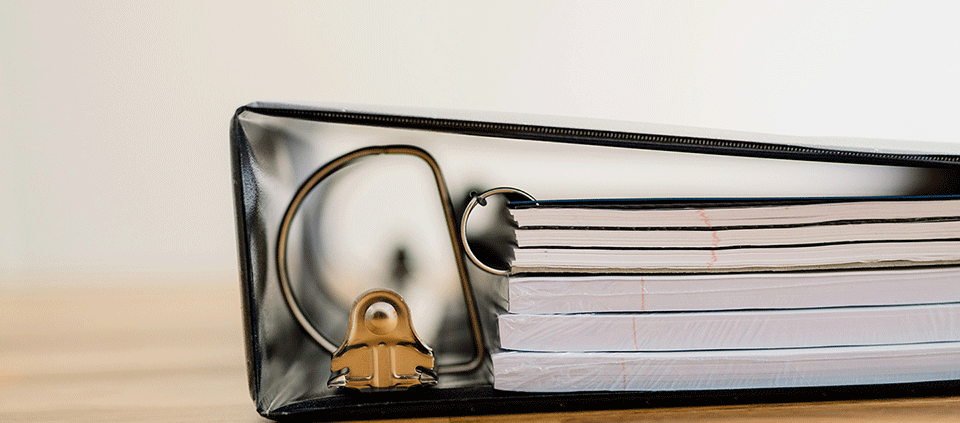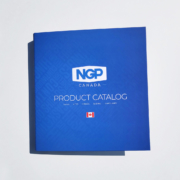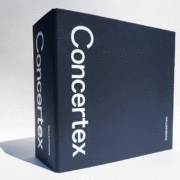Vinyl Binders vs. Turned Edge Binders: What’s the Difference?
When selecting a binder for your business, educational, or sales needs, you may come across two popular types: vinyl binders and turned edge binders. While they both serve as excellent tools for organization and presentation, the differences in materials, construction, and appearance make each suitable for different purposes. Here’s a breakdown to help you choose the best option for your needs.
1. Construction and Materials
Vinyl Binders
Vinyl binders are made with a rigid chipboard core covered in a layer of heat-sealed vinyl. This manufacturing process allows for mass production, making vinyl binders widely available and affordable. They are typically equipped with standard metal ring mechanisms for securing documents.
- Core Material: Chipboard
- Outer Layer: Heat-sealed vinyl
- Common Features: Clear overlays for inserts, spine labels, and pockets
Turned Edge Binders
Turned edge binders (also known as case-wrapped binders) are crafted using a similar chipboard core, but instead of being covered in vinyl, they are wrapped with paper, fabric, or other specialty materials. The edges are “turned” over the chipboard for a clean, seamless look. This construction mirrors the craftsmanship of a hardcover book.
- Core Material: Chipboard
- Outer Layer: Paper, fabric, or other customizable materials
- Common Features: High-end finishes, full wrap designs, and premium full color printing
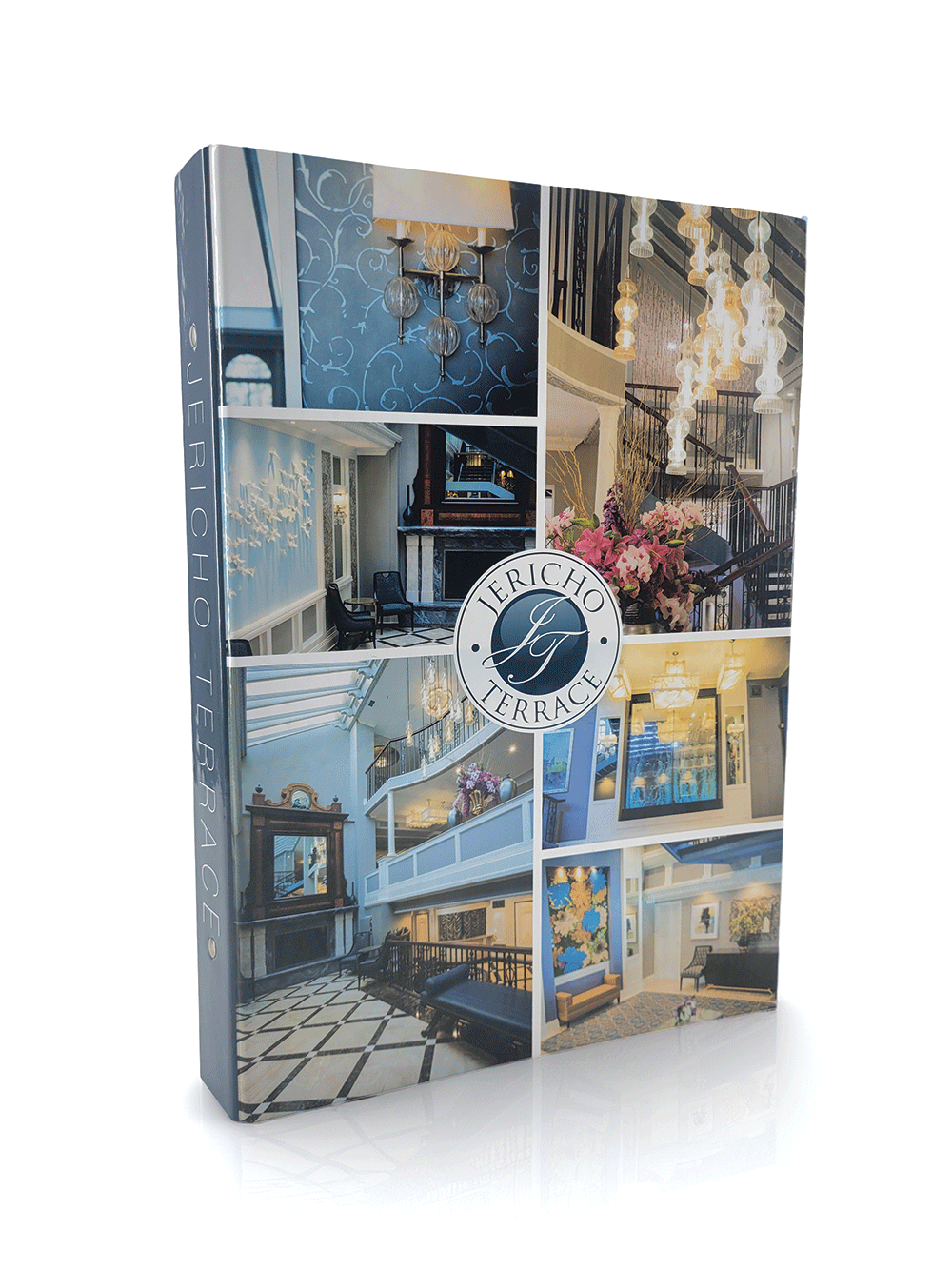
2. Durability
Vinyl Binders
Vinyl binders are designed to be functional and sturdy for everyday use. The vinyl exterior resists water and stains, making these binders ideal for environments where durability is a priority, such as schools, offices, and industrial settings.
Turned Edge Binders
Turned edge binders, while durable, are typically more delicate than vinyl options. Their paper or fabric coverings may be prone to wear and tear if exposed to harsh conditions. However, their construction is strong, and they are often preferred for less demanding environments where appearance takes precedence.
3. Aesthetic Appeal
Vinyl Binders
Vinyl binders have a utilitarian look, but they can still be personalized. Many feature clear overlays that allow for interchangeable covers and spine labels. However, the vinyl material doesn’t lend itself to premium finishes, making these binders more suitable for functional rather than aesthetic purposes. It allows for basic screen print and foil stamp decoration.
Turned Edge Binders
Turned edge binders excel in aesthetic appeal. Their seamless wrap construction allows for full-bleed designs, luxurious textures, and high-quality printing. Whether you want a sleek professional finish or a bold creative statement, turned edge binders are the superior choice for presentations, portfolios, or branding.
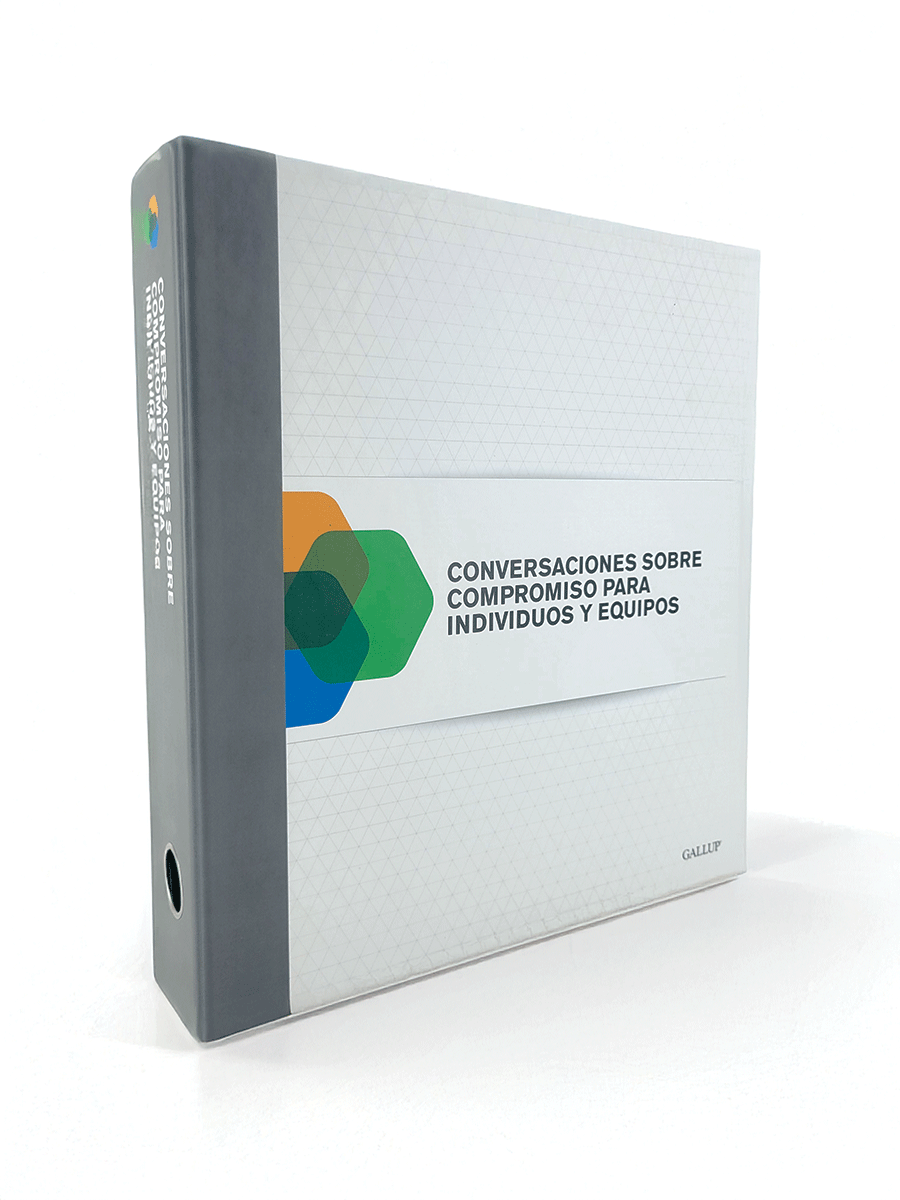
4. Customization Options
Vinyl Binders
- Printing Options: Limited to simple logos or designs printed on the vinyl or inserts.
- Colors: Available in a variety of solid colors, often more functional than decorative.
- Extras: Pockets, rings, and clear overlays can be customized to some extent.
Turned Edge Binders
- Printing Options: Full-color printing, embossing, debossing, foil stamping, and UV coatings.
- Materials: A wide range of coverings, including textured paper, linen, or even leatherette.
- Extras: Sophisticated details like custom printed liners, magnetic closures, and branded finishes.
5. Cost and Production Time
Vinyl Binders
Vinyl binders are cost-effective and produced quickly, making them ideal for large-scale projects or tight budgets. Their affordability is one of their biggest advantages.
Turned Edge Binders
Turned edge binders are more expensive due to the detailed craftsmanship and premium materials involved. Production times may also be longer, especially for complex designs or large orders. However, the investment is worthwhile for high-profile projects or branding purposes.
6. Best Uses
Vinyl Binders
- Training manuals
- School projects
- Office organization
- Industrial or rugged environments
Turned Edge Binders
- Presentation portfolios
- High-end branding materials
- Client-facing proposals
- Luxury or creative packaging
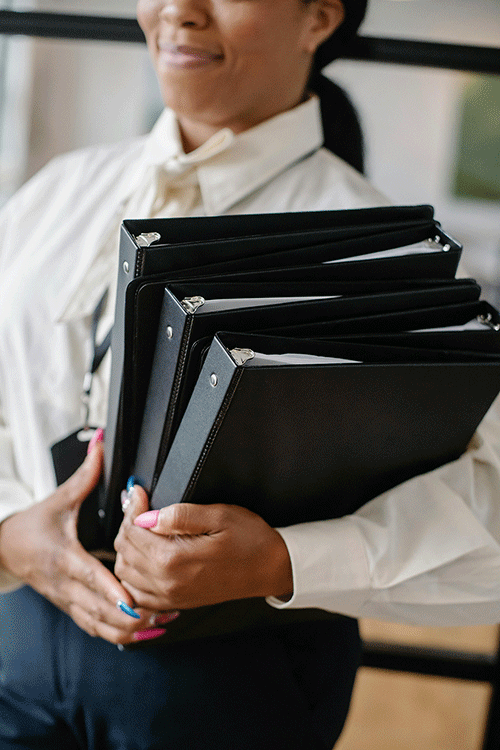
7. Environmental Impact
Vinyl Binders
Vinyl binders, while durable, are less eco-friendly due to the use of PVC (polyvinyl chloride) materials, which are not easily recyclable. Having said that, there is a concentrated effort to improve recycling efforts of vinyl. (Vinyl (PVC) Recycling)
Turned Edge Binders
Turned edge binders are often more environmentally friendly, as they can be made with recycled chipboard and paper coverings. The lack of PVC makes them a more sustainable choice.
Conclusion
The choice between vinyl binders and turned edge binders ultimately depends on your priorities:
- If you need a cost-effective, durable, and functional option for everyday use, vinyl binders are the way to go.
- If you’re looking for a premium, visually impressive, and customizable solution, turned edge binders are the better choice.
By understanding the differences between these two types of binders, you can select the one that perfectly suits your needs, budget, and style.
Contact us today to explore the possibilities of custom printed binders!
